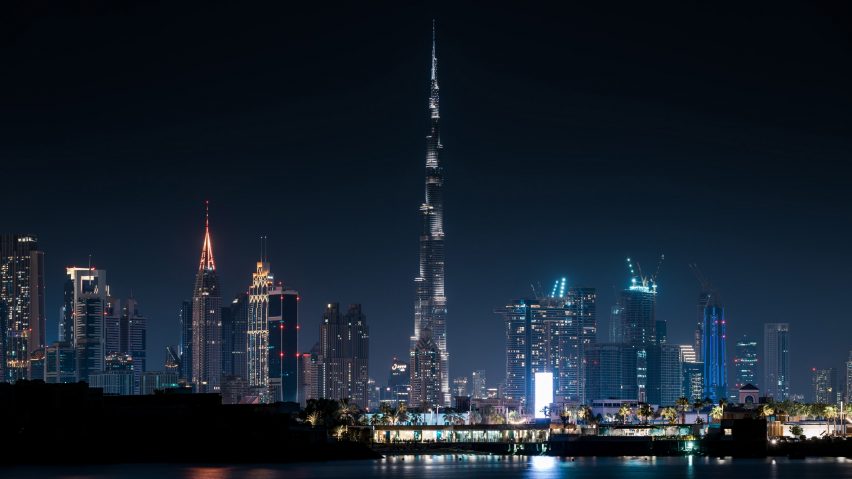
9/11 led to "a renaissance of tall building design" say skyscraper designers
The terrorist attacks on the World Trade Center threw the safety of skyscrapers into the spotlight, but since then they have become taller and more ambitious. As part of our 9/11 anniversary series, we look at how skyscraper design has changed over the past 20 years.
Following the attack on the Twin Towers on 11 September 2001, which caused the pair of 110-storey skyscrapers in lower Manhattan to collapse, many people questioned the future of tall buildings.
"We thought [9/11] would put an end to the ambitions to build tall for a long time," said James von Klemperer, president of Kohn Pedersen Fox, which is responsible for designing four of the world's 10 tallest skyscrapers.
However, instead, there has been a surge of skyscraper buildings in the past 20 years.
"It's not a question of opinion, the fact is it hasn't stopped us from building tall," Von Klemperer told Dezeen. "Since then, more tall buildings have been built than existed before."
"So you could say it's kind of a renaissance of tall building design and development that happened after September 11."
"Idea of skyscrapers as a symbol of progress has really never gone away"
Alongside a surge in the number of tall buildings over the past 20 years, the height of skyscrapers being built has also dramatically increased.
According to Ken Lewis, partner at architecture studio SOM, which designed the world's tallest building, "one of the most significant changes" to skyscraper design over the last two decades has been the rise of supertalls – buildings that are over 300 metres in height.
"The immediate response to 9/11 as it relates to skyscrapers was that no one would ever want to build above a tabletop again," Lewis told Dezeen.
"Obviously that has not been the case, in fact, the proliferation of supertalls around the world has been unprecedented."
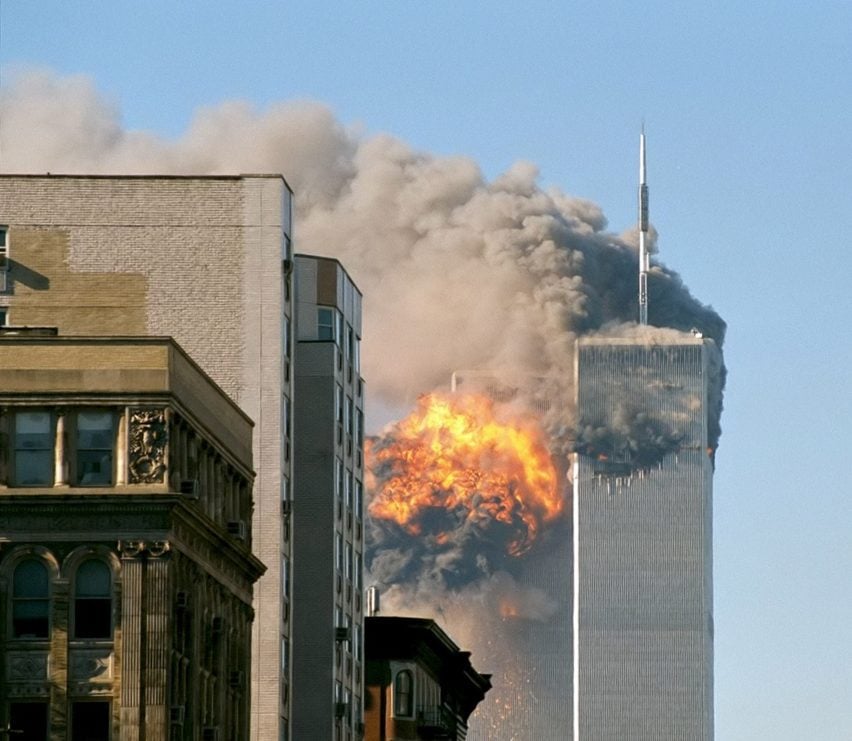
"In 2000, there were about 25 supertall skyscrapers in the world," he continued. "Today, there are more than 200, with many more under construction. The idea of skyscrapers as a symbol of progress and power has really never gone away."
Eui-Sung Yi, partner at Morphosis' studio in Los Angeles, told Dezeen that the 9/11 attacks directly led to the creation of ambitious supertall buildings.
"The reason why the towers were targeted was because of their symbolic and iconic stature," he told Dezeen.
"So that reason a skyscraper exists has not gone away, and if anything it probably proliferated it."
Attacks brought building security to "front and centre"
Assisting this increase in skyscrapers and supertalls have been significant improvements made to both their physical and operational security.
Some architects attribute this directly to 9/11, which Chris Lepine, director at UK studio Zaha Hadid Architects, said placed security and life safety at the "front and centre" in the immediate aftermath.
"Physically, protection to the base of a building with vehicle barriers and blast-resistant cladding was a predominant criterion," he told Dezeen.
"Logistics and building access were scrutinized with no parking below sensitive portions of any building."
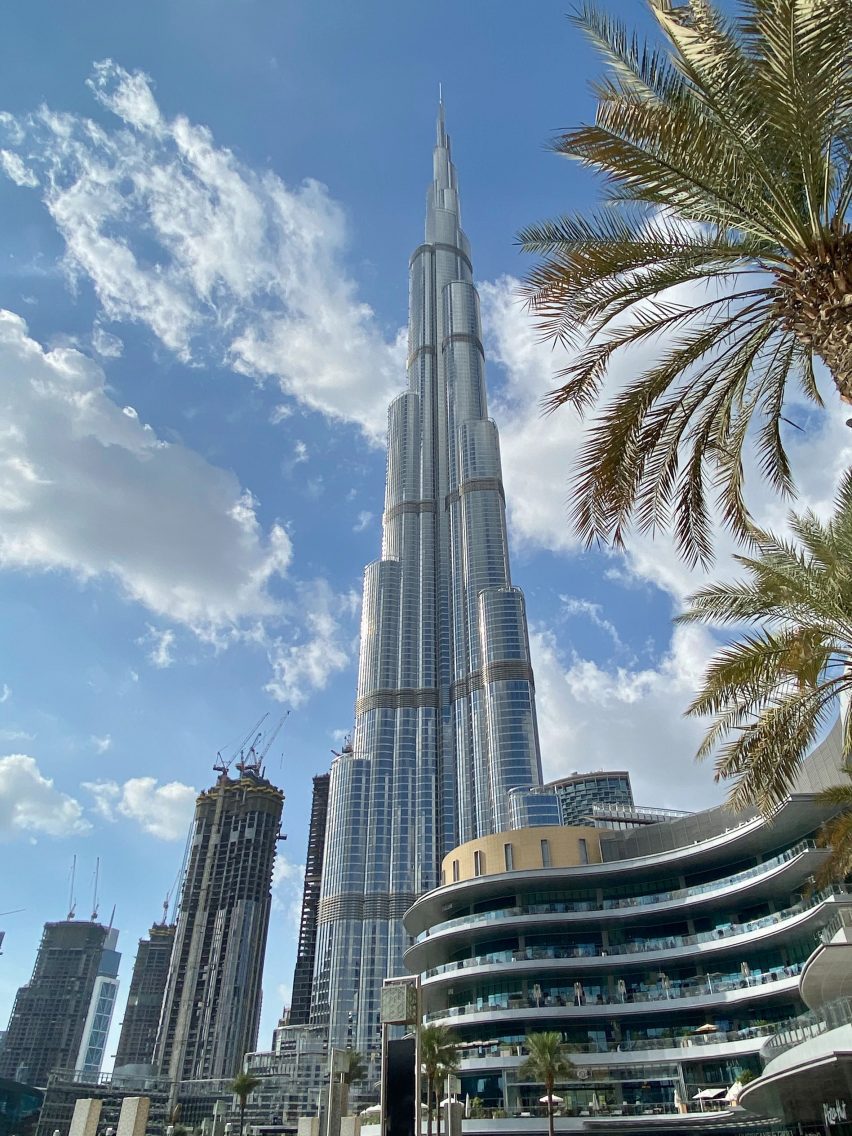
KPF's Von Klemperer believes this led to a proliferation of closed-off buildings that became "untenable as citizens in the cast of characters in the city".
As such, architects now have to work "extra hard to look for ways to contribute to the well being of the public" when incorporating security measures into a building, he said.
Techniques include disguising bollards as seating and implementing smart building technologies such as facial recognition that track building occupants without slowing their entry.
"No one wants to build an unwelcoming fortress," added Lepine. "So clever solutions continue to be developed with security systems greatly enhanced by smart technologies that control all levels of building access."
Egress route designs were revisited
In SOM partner Lewis' opinion, "the most direct way that [9/11] impacted skyscraper design is not viewable from the outside", with many countries beginning to collaborate on sharing building codes and best practices for skyscraper designs.
"The aftermath of that day precipitated the incorporation of international building codes into the local codes around the world," he said.
"Today, there is extensive overlap among building codes everywhere. The fact that there is a more universal standard has allowed architects and structural engineers to share information and lessons about successes and efficiencies in core and life-safety design."
Georgina Robledo, associate partner at UK studio Rogers Stirk Harbour + Partners, which designed a skyscraper on the World Trade Center site, told Dezeen that one of the biggest changes to the building codes relates to egress, following a review of the evacuation of the Twin Towers.
There were only a few narrow staircases in the World Trade Center, which led to a slow evacuation after the attacks.
Scissor stairs are now discouraged and more logical pathways to multiple egress points are required. Wider stairways and backup lighting have also become mandatory.
A dedicated elevator that is protected for firefighters to use in an emergency is increasingly common, alongside lifts for occupant evacuation as an alternative to stairways.
"So there are alternate means of egress and the separation of those," Robledo said. "So you can always enter a stair core, and if that stair in the lower levels gets compromised, you can re-enter the floorplate and change."
The elevator technology used in skyscrapers has also vastly improved in terms of velocity and efficiency in moving people across floors, meaning people can be moved out of a building quicker than before.
High-strength concrete has become commonplace
The materials that are used to build skyscrapers have also been reconsidered in the past 20 years. The building cores that contain these egress routes are now typically built with high-strength fireproof concrete.
At the original World Trade Center, the stair cores of the Twin Towers were contained within low-strength Gypsum-board sheets or drywall. Following the attacks, this meant they disintegrated at the impact zones and trapped building occupants above them.
"9/11 really drove home the critical nature of the building's core and of everything that is within the core," said SOM partner Lewis.
High-strength concrete cores are now commonplace, and large amounts of specially designed reinforcing bars are typically incorporated to help shield them.
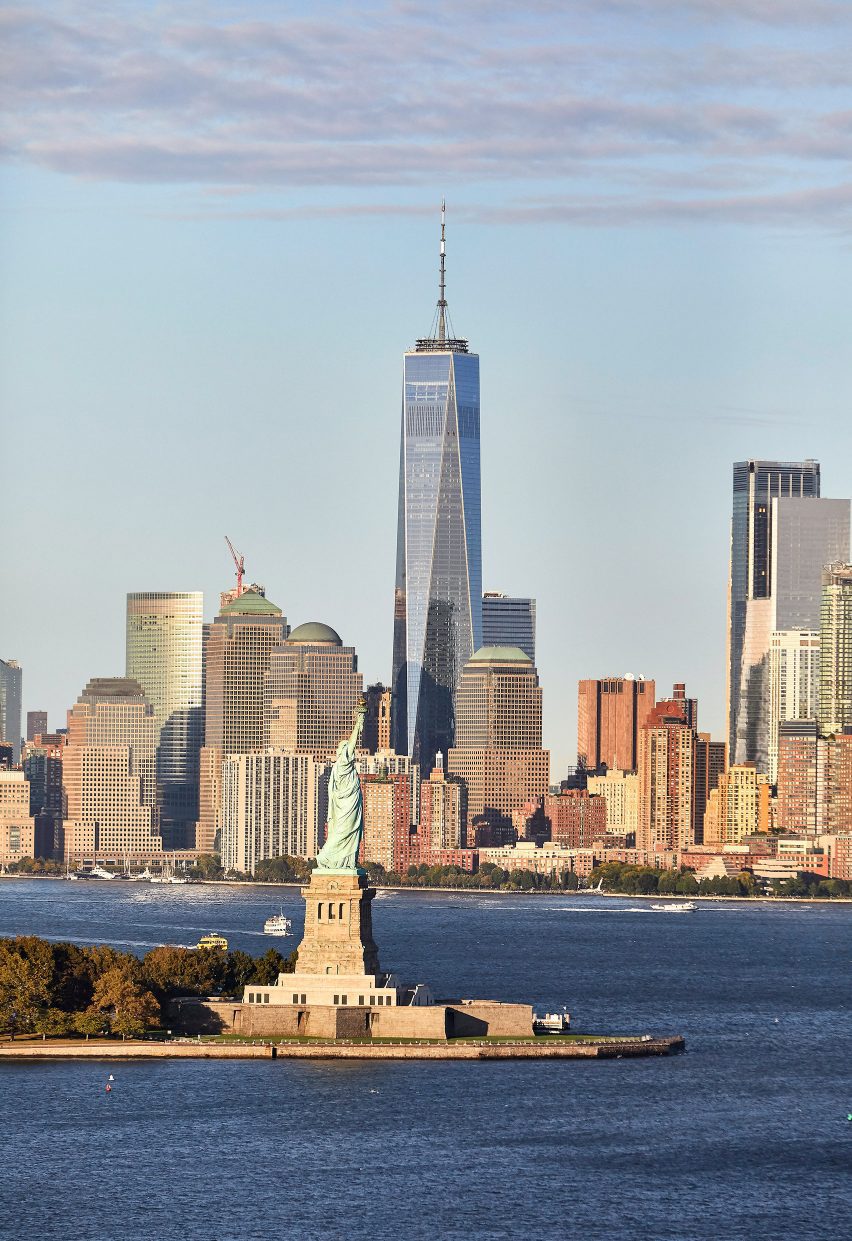
Staircases in modern skyscrapers are highly pressurised too, meaning they prevent smoke from seeping through closed doors to better facilitate escape and firefighting access.
"The hardening and the pressurisation of the stairs allow for space that is ventilated, but is not compromised by the risk of smoking during a fire event," Robledo added.
Built-in redundancy used to prevent collapse
Over the past two decades, engineers have also developed ways to create structures with built-in redundancy – meaning skyscrapers are typically designed against progressive collapse.
Progressive collapse is the structural failure of a building that results when a key structural element fails and causes the failure of adjoining elements. This is what happened at the World Trade Centre following the attacks, as the fires and high temperatures that resulted from the collisions led to sagging floor plates and in turn, the buckling of the steel structure.
Adrian Smith, who designed the world's tallest building while working at SOM and co-founded skyscraper specialist studio Adrian Smith + Gordon Gill Architecture, said that built-in redundancy prevents structural failure as damaged elements transfer their load elsewhere.
"If there was another plane strike on a supertall, the idea is that if it takes out a column or so that the other columns are strong enough themselves to pick up the load that's displaced by the missing structure," Smith told Dezeen.
This played a big part in Smith's design of the Burj Khalifa, the world's tallest building, which began construction just three years after the terrorist attacks.
"Bigger effort" to create mixed-use highrises
Other changes to skyscraper design over the past 20 years that are not attributed to the events of 9/11 include the increase of towers with a mixed-use programme, rather than those dedicated solely to offices.
Morphosis' New York-based partner Ung Joo Scott Lee said this is one of the most positive changes in skyscraper design as it ensures that these structures are a benefit to the wider community.
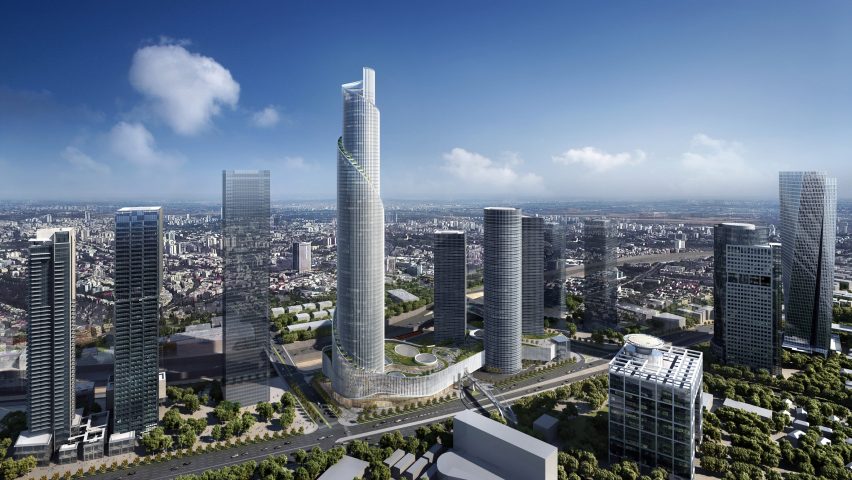
"From a positive point of view, I think the discussion of the tower typology has changed a lot into one where programmatically, how do you make things that can help the communal aspect of a tower," he told Dezeen.
"There's a much bigger effort in cautiously understanding how to truly create mixed-use tall towers...to allow multiple tenants and different kinds of spaces to come together."
Skyscraper design conducted "in a virtual world"
Envelope design has also improved, with the aim of enhancing the environmental performance of skyscrapers.
"The performance of the envelope has been enhanced, and that allows for better solar control, better energy efficiency on these buildings," Robledo explained.
"It's about energy efficiency," she continued. "You are at a point that the higher you go, the less of the context you have to create shadow or to create protection."
According to SOM partner Lewis, this improvement has been guided by digital technology, which ensures towers can be built "in a way that makes more economic sense than it used to".
"Computational design has advanced so much that we are able to work on these supertalls in a way that is far more efficient – iterating them hundreds, if not thousands, of times more than we could at any point in the past," he explained.
"The design is done fully three-dimensionally in a virtual world in which we create digital twins for operational and environmental efficiency."
9/11 anniversary
This article is part of Dezeen's 9/11 anniversary series marking the 20th anniversary of the terrorist attack on the World Trade Center.
The main photo is by Ahmed Galal via Unsplash.